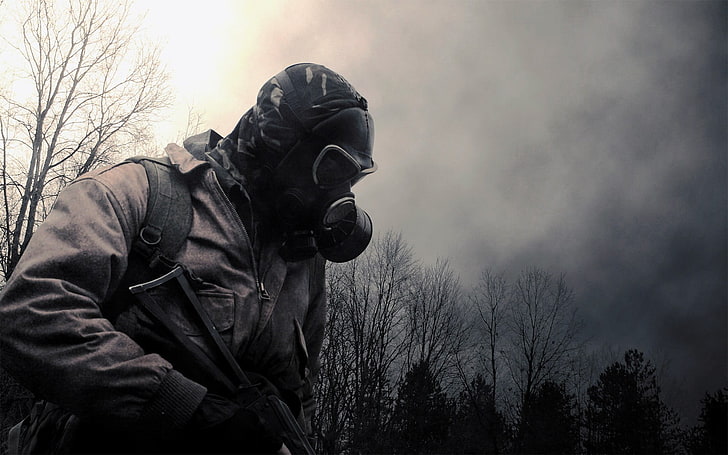
The First World War was unlike any other war in human history, and one of the most significant reasons for it was the use of chemical warfare. It was a devastating and horrifying weapon that left thousands of soldiers dead, injured, or permanently disabled. Despite being banned by the Geneva Protocol of 1925, chemical warfare continues to be a potential threat in modern warfare. But how did this deadly weapon come into existence, and what was its impact during World War I?
The use of gas as a weapon of war dates back to ancient times when various armies used smoke to confuse or disorient their enemies. However, the invention of modern chemical warfare can be traced back to the late 19th century when German scientists began experimenting with industrial chemicals such as chlorine, phosgene, and mustard gas. In 1914, at the outbreak of World War I, the Germans had already stockpiled large quantities of these chemicals, and soon, they began using them against Allied forces.
The first major gas attack occurred in April 1915, by the German army at Ypres, Belgium. The Germans released a cloud of chlorine gas, which quickly drifted over the Allied trenches, causing panic among the troops. The gas attacked their respiratory systems, causing extreme pain and suffocation, and many soldiers died within minutes. While the Germans failed to exploit their initial success, the psychological impact of the gas attack was tremendous, and soon, other nations began developing their own chemical weapons.
Over the next few years, both sides used a variety of chemical agents, including phosgene and mustard gas, which caused burns, blisters, and other severe injuries to exposed skin. In addition to harming soldiers directly, chemical weapons also affected their ability to fight by disrupting communication and obstructing vision. Combatants on both sides had to wear gas masks, which were awkward and uncomfortable, but necessary to survive a gas attack.
Despite their devastating impact, chemical weapons were only responsible for a fraction of the casualties in the war. It is estimated that out of the nine million combatants who died during World War I, only around 100,000 were killed by chemical weapons. However, the psychological impact of gas warfare was considerable, and it contributed to the general feeling of despair and disillusionment that engulfed the war.
The use of chemical weapons in World War I sparked international outrage and led to the development of the Geneva Protocol, which banned their use. Since the 1920s, chemical weapons have been used only sporadically, mostly by countries that were not party to the Geneva Protocol, such as Iraq during the Iran-Iraq war in the 1980s. Nevertheless, they continue to be seen as a threat, and their use is a taboo in modern warfare.
In conclusion, the evolution of chemical warfare during World War I was a significant turning point in the history of war. It created a new dimension of fear and suffering that had not been seen before. It also demonstrated the destructive power of technology and the urgent need to regulate it. Today, as we face new threats and challenges in the world, the lessons of the past underscore the importance of collective efforts to prevent the use of chemical weapons and ensure peace and security for all.
